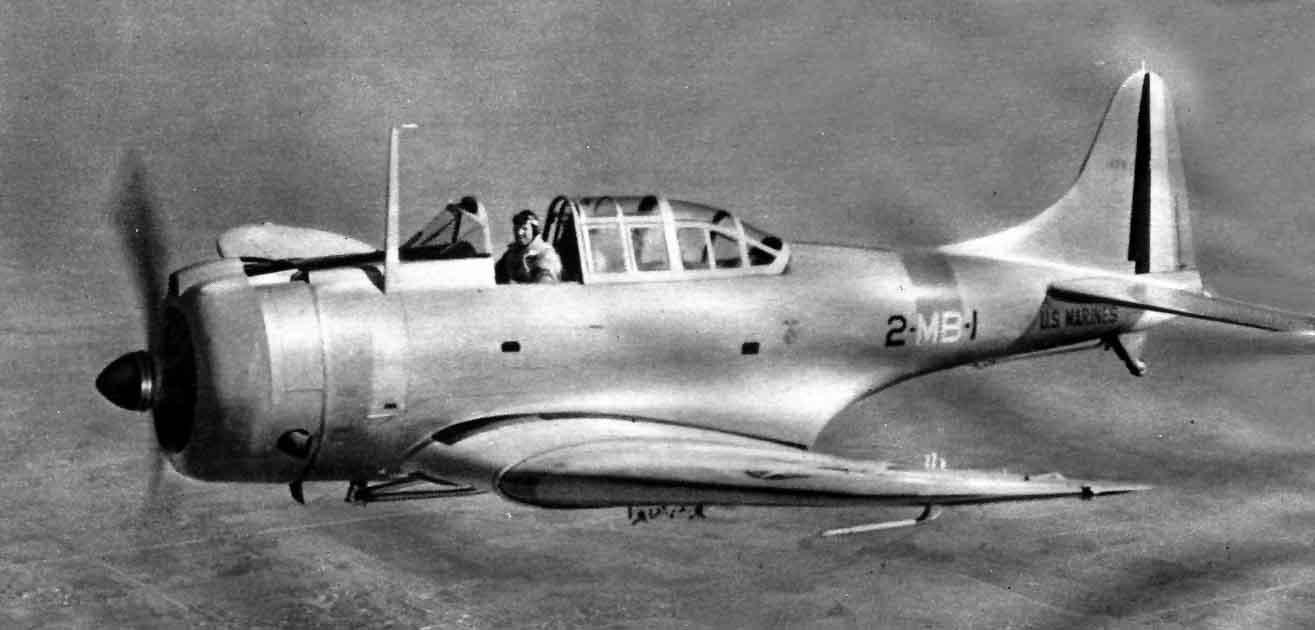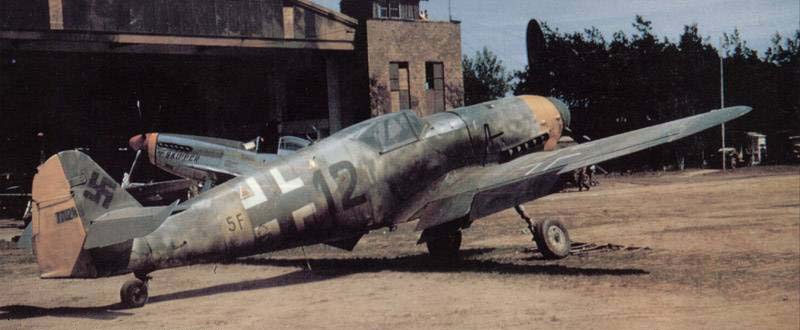-
Posts
89 -
Joined
-
Last visited
Content Type
Profiles
Forums
Events
Everything posted by ThomasHannover
-
Hello folks, i dont want to start such a disturbing and exhausting paint discussion, but the Luftwaffe an order for painting on 18th jan 1945. So the left wing , left tail wing and the fuselage were ordered to paint RLM 83 brown-violet and the engine covers, right wing and the right tail RLM 82. Interesting too is the monogram painting guide. Thomas
-
-
-
-
-
-
-
-
Dear Mike, thanks for your advice. Today a new load of H- 317 has arrived. So i will stay on prooven paint, before i starting experiments and ruin a kit. Thomas
-
-
-
-
-
Hello, i have a short question about using a special color. Normally i use H-317 ( RLM 76 ) for late german birds. In the moment my favourite modelshop hasnt it and he gave me XF-23 from Tamiya. Can i use it or is it a bad solution ? thanks Thomas
-
-
-
Dear Dave, help come by request. The hatch were on both types. I have the Focke Wulf Bible from P. Rodeike, and so icould scan for you the questionable parts. Here they come : First Fw 190 A-5
-
Here an another american aircraft , which came out of service when the Avenger came in : Douglas Dauntless DOUGLAS DAUNTLESS U.S. Navy: SBD-1-5 U.S. Army: A-24 A & B Two-seat Scout Bomber. First flown 1940. Chief Designer, E. H. Heinemann. DEVELOPED from the BT-1 of 1923, the Dauntless dive bomber is fitted with special release gear for a single heavy bomb carried under the fuselage. Perforated flaps of large area keep the speed within safe limits during a diving attack. The SBD series is fitted with deck arrester for operation from aircraft carriers. More than 5,000 have been built for the U.S. Navy and Marine Corps. A-24 is a slightly modified version, without deck-landing gear, in service with the U.S. Army Air Forces. They are also used by the Royal New Zealand Air Force. Dauntless dive bombers have played a prominent and effective part in the naval battles of the Pacific, including the decisive battles of the Coral Sea and Midway Island. In a diving attack during the Coral Sea engagement a Dauntless pilot had the good fortune to sink a Japanese cruiser with a single well-placed bomb. Carrier-borne Dauntless bombers have assisted U.S. forces invading North Africa, Sicily and Italy, and they co-operated in invasions of Japanese island bases in the South and Central Pacific by heavily pounding the defences before the landings. The U.S. Navy Bureau of Aeronautics credited the Dauntless with having sunk during the first year of operations more combat tonnage of the enemy than all other branches of the services. The score included three Japanese aircraft carriers sunk and three put out of action, with full complement of planes. The disabled carriers were later sunk by other U.S. naval forces. Production of this famous Scout Bomber was discontinued on July 21, 1944, after a total of 5,936 of the type had been built. Power Unit: SBD-1, 2 & 3, A-24, 950 h.p. Wright Cyclone GR-1820-32-9-cy1inder air-cooled engine. SBD-4 & 5, A-24 A & B, 1,000-1,200 h.p. Wright Cyclone. Propeller: 3 bl. Hamilton Standard Hydromatic full-feathering. Performance: 1,000-1,200 h.p. Cyclone. Top speed unofficially reported as 255 m.p.h. at 14,000 ft., cruising 185 m.p.h., initial climb 1,428 ft./min.; range, 456-773 miles; service ceiling, 25,200 ft. Weight: Empty 5,535 lb., loaded 9,519 lb. Armament: Two fixed forward firing .50 in. machine-guns in fuselage and two .30 in. in rear cockpit. One 1,000 lb. bomb carried under fuselage, additional racks under wings. Dimensions: Span, 41' 6"; length, 33' 0". The Dauntless's service career, insofar as the US forces were concerned, had ended at war’s end, although a few were to soldier on in French service with the Aeronavale until 1949, and others were to remain on the inventory of the Mexican Air Force until the late fifties.
-
-
-
Hello all together, as weh have seen the relase of the Trumpeter Avenger kit, her some historic information about an Aircraft that served before the Avenger came in service ; the TBD Devastator. DOUGLAS DEVASTATOR U.S. Navy: TBD-l Torpedo Bomber. Crew three. -Development of BT-l. First flown 1937. THE Douglas Devastator formed an important part of the equipment of U.S. aircraft carriers since 1938. A development of the BT-1 of 1923, it was the first monoplane torpedo bomber to go into service with the U.S. Navy. The wings folded upwards for stowage. Devastator torpedo bombers took part in the principal naval engagements in the South Pacific, including the Battle of Midway Island. During that operation a large enemy force in course of withdrawal was found by a squadron of Devastators, which gallantly attacked, unaided. They caused heavy damage, but none regained their carrier. Of thirty men engaged, only one survivor was picked up by the U.S. Navy. Power Unit: 825 h.p. Pratt and Whitney Twin Wasp Junior SB4G air-cooled engine. Propeller: Hamilton Standard controllable-pitch. Performance: Top speed 225 m.p.h., cruising 180 m.p.h., range 985 miles. Weight: Loaded 9,300 lb. Armament: One fixed forward firing .30" machine-gun in cowling, one .50" movable gun in cockpit. A 21" torpedo or large armour-piercing bomb wascarried internally. Dimensions: Span. 50' 0"; length, 35' 0". RECOGNITION FEATURES Monoplane, single radial engine, low wing. single fin and rudder, semi-retractable undercarriage. HEAD-ON: Fuselage: oval section; high glazed canopy. Wings: wide span; marked dihedral from roots; partly retracted wheels visible beneath. Tailplane: set high. Fin and Rudder: very tall. PLAN. Nose: fairly short, blunt. Wings: wide span; large chord at roots; leading edge, short straight centre section. straight taper from slight shoulder; trailing edge, marked straight taper from large fillet to wide rounded tips. Fuselage: short, tapers aft. Tailplane: large; straight taper more marked on leading edge; rounded top; cut- away. SIDE. Nose: short, blunt. Fuselage: high glazed canopy forward; underside deep-bellied, tapering sharply aft: wheels protrude beneath. Fin and Rudder: very tall; leading edge curved taper, trailing edge curved taper to rounded top; rounded base. Non-retractable tail wheel. GENERAL. Short, blunt nose; wings of wide span and chord with marked dihedral, showing semi-retracted undercarriage beneath; short, deep-bellied fuselage with high canopy; large, tapered tailplane; tall, curved tapered fin and rudder .
-
Hello Chris, the use of RLM 66 is fine, so the preshading is subtle and fine. If you want a harder look you can also use tire black from gunze. Thomas
-
-
Hi Nathan, havent built till now, but maybe you can buy from Dragon the Marines set they are with M60 and other stuff. Otherwise you have to built the XM134 by your self. Here for you some technical advices :
-
Hello Chris, excellent built ! Wow, high standard . For the question of exhaust i think you have done a god job, cause we have to check the actual fuel situation when this aircraft flew. If the Me 109 was fieled with german AC-fuel the fuel was produced by coal, so the exhaust is darker than for e.g. the aiied fighters; second the aircraft paint was blleched by the sun, so the contrast is heavier like in europe. Here an example fo heavy exhaust on Me 109 at the end of the war : SO, by myself i wouldnt changed anything Thomas
























